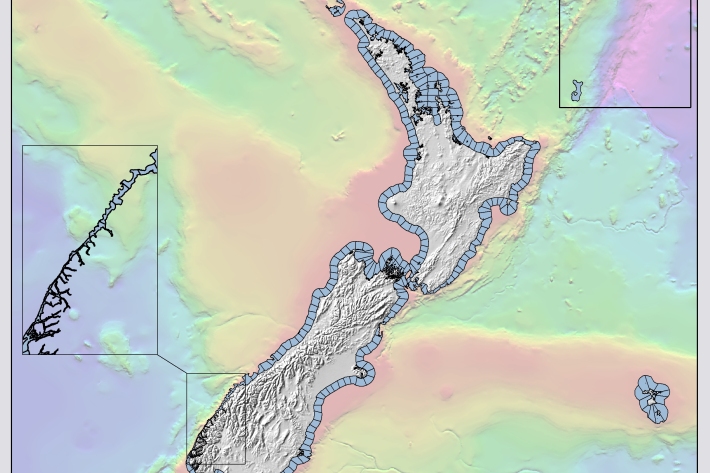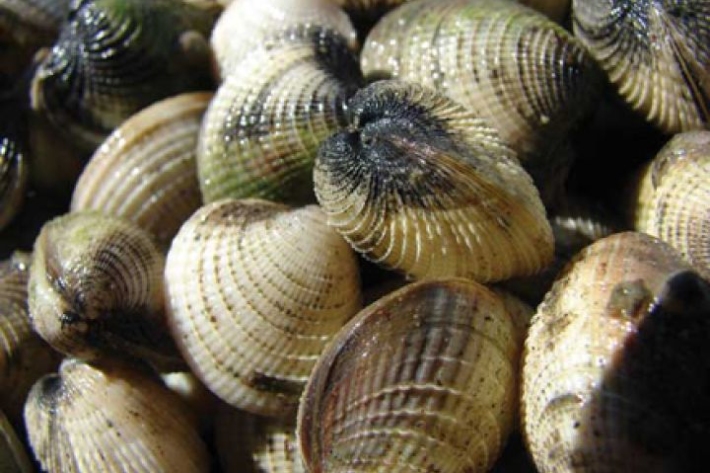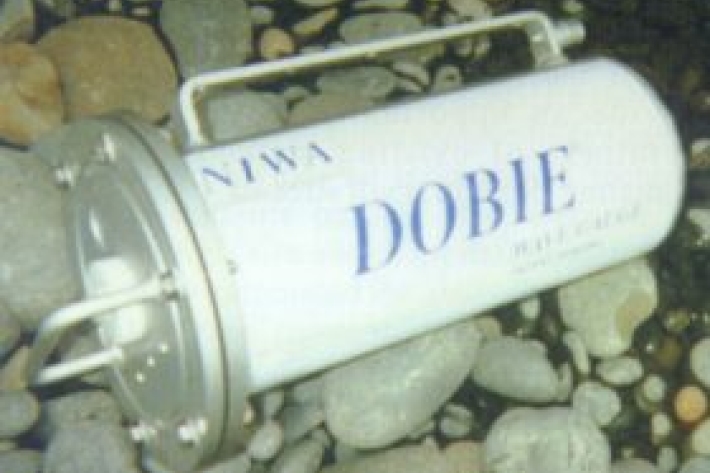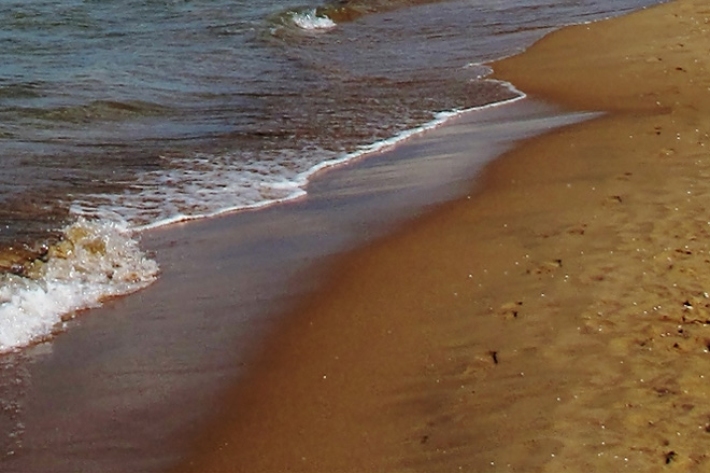-
Restoration of seagrass beds in Whangarei Harbour
Research ProjectSeagrass beds form an important undersea habitat for small fish, seahorses and shellfish in New Zealand. -

Valuing New Zealand's marine environment
Research ProjectThis unique project is the first systematic attempt to quantify and map environmental values of New Zealand's coastal marine ecosystem. -

Predicting long-term sedimentation and heavy metal accumulation in estuaries
Research ProjectNIWA has developed an Urban Stormwater Contaminant (USC) model to enable urban planners to predict sedimentation and heavy metal accumulation in estuaries and identify problem areas in order to target mitigation measures. -

Contamination early-warning system for commercial shellfish harvest
Research ProjectContamination of shellfish by faecal microbes is a health hazard to the consumer and so is of particular concern to the commercial producer. -
Predicting long-term contaminant accumulation in the central Waitemata and southeastern Manukau Harbours
Research ProjectThis project was undertaken for Auckland Regional Council to identify significant sources of contaminants in the central Waitemata and southeastern Manukau Harbours. -

Tidal energy optimisation
Research ProjectUnderstanding the complexity of tidal resources in New Zealand’s coastal waters and examining how extracting tidal energy would influence and be influenced by this variability. -

Estuarine Ecodiagnostics
Research ProjectEstuaries are highly valuable systems that provide enormous economic and cultural benefits to all kinds of people. However, expanding human populations and urban development around estuaries is increasing contaminant loads, with metals and polycyclic aromatic hydrocarbons (PAHs) accumulating in sediments.






